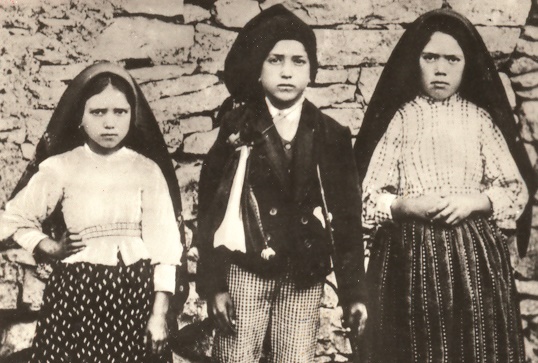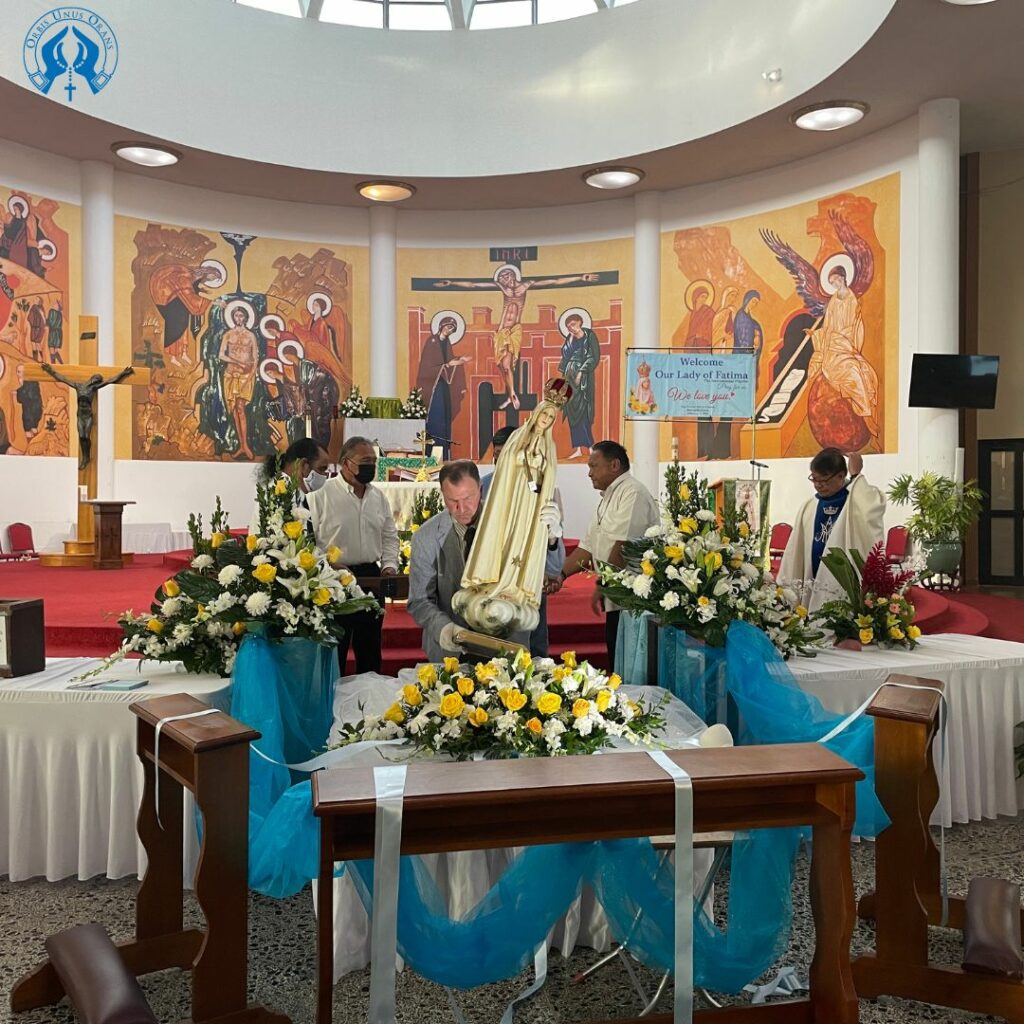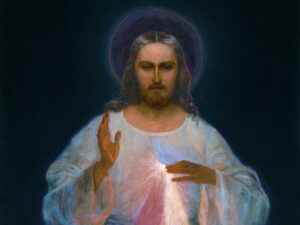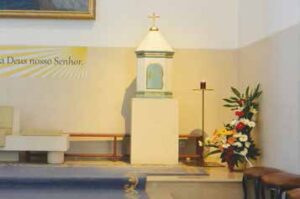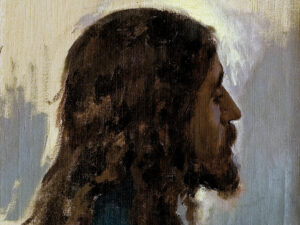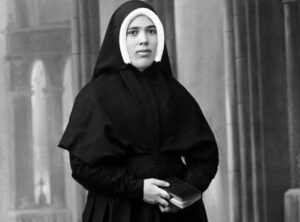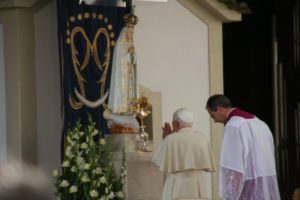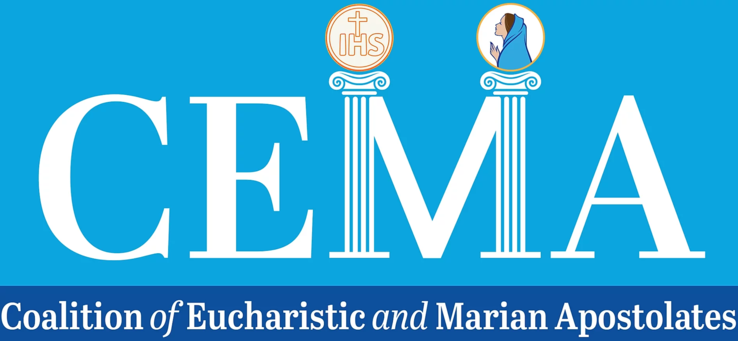by Barb Ernster –


The mystery of St. Joseph’s role at Fatima is unveiled in the vision during the miracle of the sun on Oct. 13, 1917, when St. Joseph and the Child Jesus simultaneously blessed the world while Mary stood nearby. The World Apostolate of Fatima USA commissioned a special icon for its Year of St. Joseph, commemorating this important vision and presenting Joseph as father, protector and consoler of the Immaculate Heart.
Vivian Imbruglia, of Sacred Image Icons in Rancho Cucamonga, California, explained iconography and the symbolism that went into creating the icon of St. Joseph, the Greatest Consoler of the immaculate Heart.
An icon begins with prayer, which is incredibly important throughout the whole process, because it is the work of the Holy Spirit and it becomes a window to heaven.
Iconography uses a lot of symbolism, not always properly understood by the viewer, but an icon is intended to draw you in spiritually.
“Sometimes I receive emails later from people who say, ‘this image has drawn me in like no other has.’ And, of course, it’s the Holy Spirit calling that particular person,” notes Imbruglia. “Prayerfully if you stop quietly, look and venerate an icon, if it is done correctly, it will draw you in.”
Imbruglia begins by laying down a piece of white linen on a wood panel. The linen is symbolic of an altar or a shroud. Next she puts down layers of white marble gesso and sands it down to a smooth surface. Then she traces and etches the image into the wood. The etching process is a reminder of the wounds of Christ.


There are certain colors used in an icon. Joseph is usually presented in green (new life) or brown (humble), the color of a worker. Jesus and Mary are typically shown in red, blue or white, the symbols of royalty, heaven and purity.
In addition to presenting St. Joseph in the role of father, protector and consoler, the icon is intended to represent the Holy Family at Fatima and the devotion to the Immaculate Heart. Therefore, Mary appears as she did to Sister Lucia when she presented her Immaculate Heart, not as she appeared in the vision during the miracle with a blue mantle.
“It is a symbol that requires some explanation for those who would question it, but it becomes a teaching moment,” Imbruglia explains.


Mary’s hand is at St. Joseph’s elbow, instead of her heart, as if she is presenting him to the world. She is slightly behind him because he is a protector. He is garbed in a green cloak, because he will bring new life to marriage and family, and will be with Mary in the fight against Satan to rebuild these pillars.
St. Joseph is also presented as young, vibrant and in a role of leadership in the Holy Family. “We need to make him more human-like, so there is the subtle image of little Jesus holding on to daddy’s hand,” says Imbruglia. And while we’re used to seeing him with grey hair, I don’t think the average father can relate to that, so I love the new movement of a (younger-looking) Joseph.
“Striving for sainthood is hard, and for a man to be the head of the household to now look to St. Joseph – men are longing for that, how to do that,” she adds. “They have to protect their families now more than ever, and Joseph is the one they will be able to go to.”


There is symbolism in the facial features as well. The long noses symbolize nobility. The eyes are bigger, because the figures are in heaven and see the Beatific Vision. The ears are large because they are listening to the Word, and the mouths are small because there is no need to speak. Jesus’ head is bigger because He is full of knowledge.
“I work on the eyes a long time. When painting them, you pray that they will draw the person that really needs to be drawn in for a reason – for a new devotion, for a better understanding, for a longing – and the eyes come out different every single time. These are windows to heaven,” she says.
“There is almost a longing in Jesus’ eyes. There might be a little sadness, but it depends on the individual who’s looking at it,” she adds. “That tends to happen even in Our Lady, and in the model I’m using, she has a longing in her eyes.”
Joseph and Jesus are blessing in the gesture that forms the Greek letters for Jesus Christ. The letters N – O – W in the halo of Jesus are the initials for I AM. The exposed hearts of Jesus, Mary and Joseph invite devotion to the Sacred, Immaculate and Chaste Hearts. Behind them, the clouds are dispersing as the miracle of the sun is occurring. Below on earth is the holm oak tree with a lighted path leading to it, marking the spot where Mary appeared.
As a final mark, Imbruglia does not sign the icon, but hides the initials AMDG (For the Greater Glory of God) within the icon as a reminder of why it was done.
Imbruglia believes the proclamation of the Year of Joseph is a turning point for fathers and families. She hopes the image will bring about new devotion to the First Saturdays and the Fatima message.
For information on purchasing a copy of the icon, prayer card and other merchandise, call our gift shop: 908-689-1700, Ext. 218.


